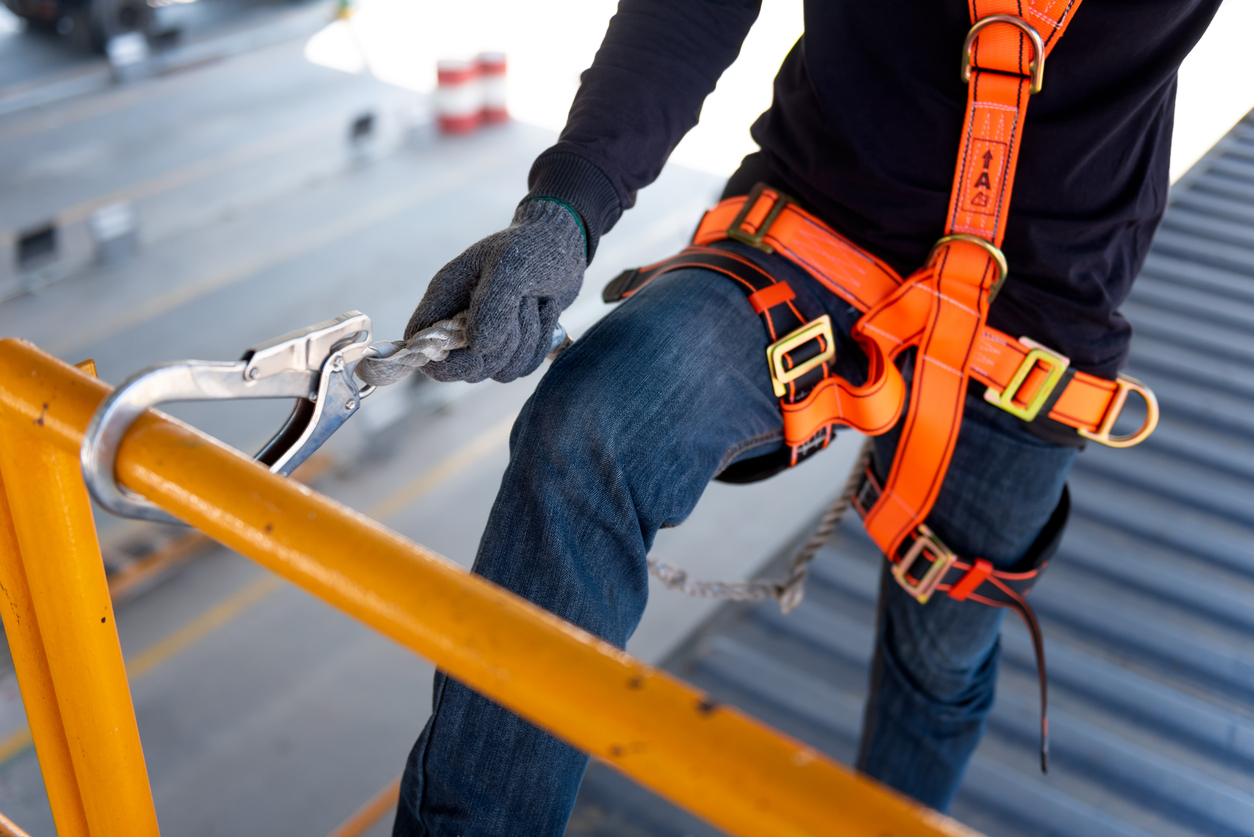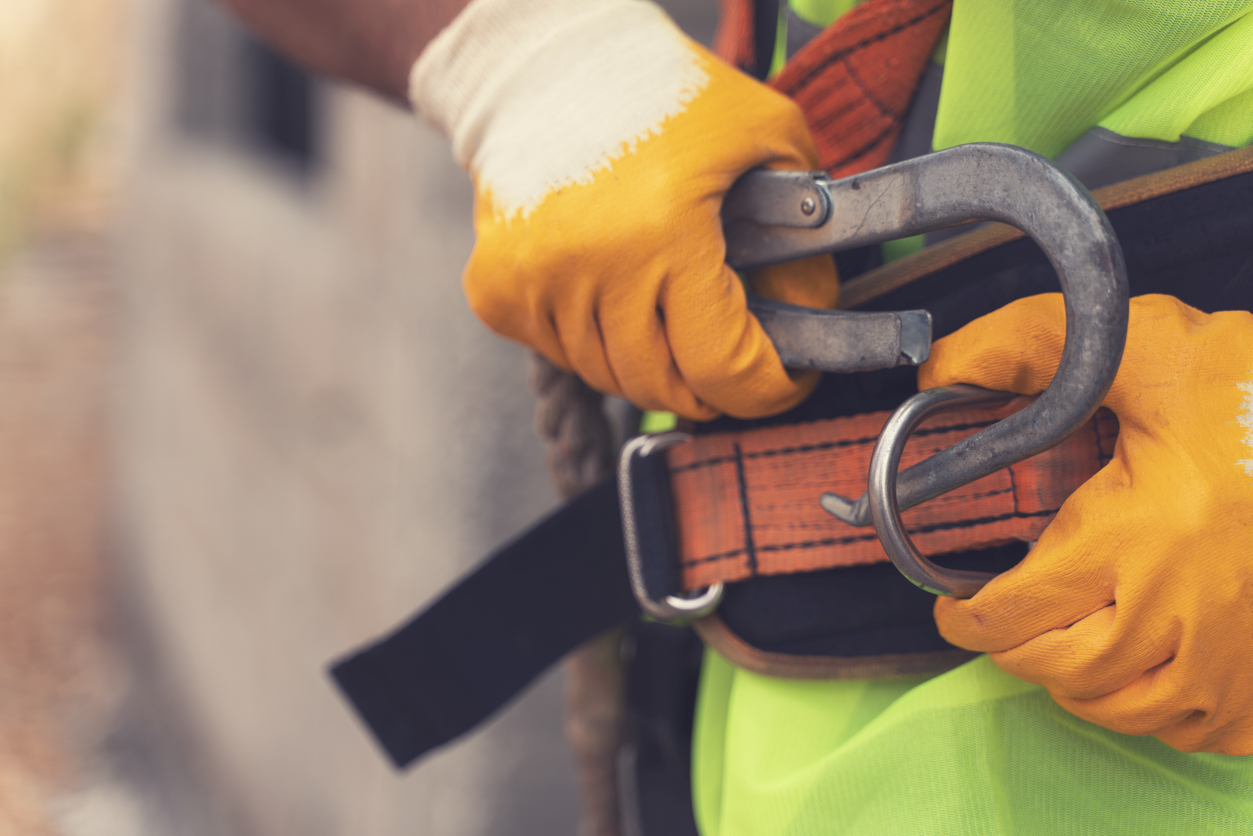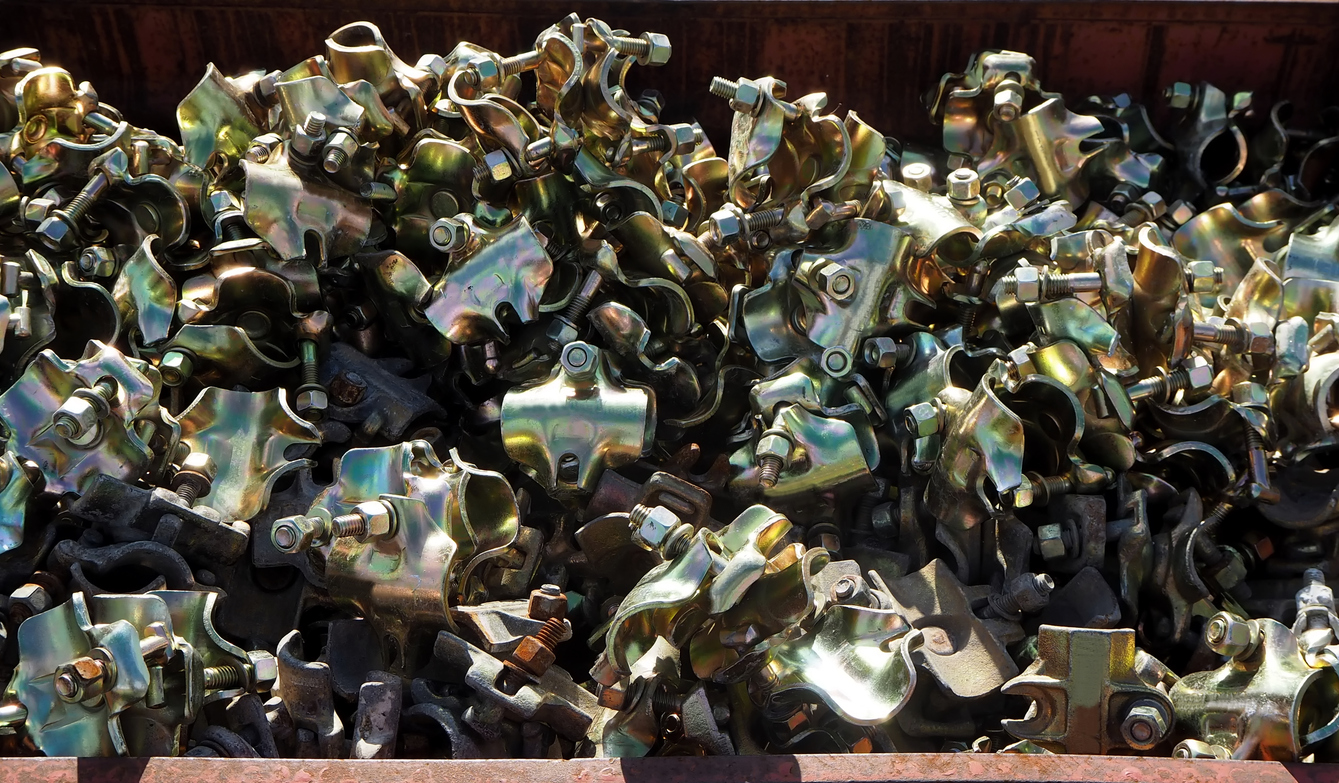Everything you need to know to get started. Safely, efficiently, and confidently.
Whether you’re a professional contractor, a construction site manager, or a first-time DIY user working at height, understanding the basics of scaffolding is essential. At George Roberts, we’ve supplied high-quality scaffolding products for over 30 years and in this beginner’s guide, we’ll walk you through what scaffolding is, how it’s made, and how to choose the right system for the job.
What Is Scaffolding?
Scaffolding is a temporary structure used to support workers and materials during construction, maintenance, or repair work especially at height. It allows operatives to move freely and safely around a building or structure, often in places where ladders would be impractical or unsafe.
There are several types of scaffolding systems available, but they all serve one key purpose: safe access and stability during work at height.
A Brief History of Scaffolding
Scaffolding dates back thousands of years. The ancient Egyptians used early forms of scaffolding to build the pyramids, and wooden scaffolding was essential to the creation of monuments, cathedrals, and castles throughout history.
In the 20th century, steel scaffolding revolutionised the industry, offering improved strength, reusability, and safety. Today, modular scaffolding systems like Cuplock, Kwikstage, and Ringlock allow for quick assembly, maximum load bearing, and reliable support across a wide range of construction applications.
At George Roberts, we stock industry-standard scaffold systems with next-day delivery available to help you keep your project moving.
What Makes Up Scaffolding?
Scaffolding is made up of a range of key components that work together to form a secure framework. These include:
Standards (uprights): Vertical tubes that transfer the weight of the scaffold to the ground.
Ledgers: Horizontal tubes that connect the standards and support the platform.
Transoms: Tubes placed at right angles to the ledgers to support the working platform.
Base plates and sole boards: Distribute the load to the ground safely.
Couplers and fittings: Used to join tubes together.
Scaffold boards or platforms: Create the walkway or working surface for operatives.
Toe boards and guardrails: Safety features that help prevent falls and dropped tools.
For more help getting familiar with the language of scaffolding, check out our dedicated article:
👉 Scaffolding Terminology for Beginners
How to Make Scaffolding
Modern scaffolding isn’t typically “made” from scratch onsite, it’s assembled using prefabricated components. But here’s a simplified overview of the process:
Plan & inspect – Assess the site, surface conditions, and required height/load.
Lay the base – Use base plates and sole boards to create a stable foundation.
Erect standards – Place vertical tubes at regular intervals, securing them upright.
Add ledgers and transoms – Connect horizontal supports and ensure everything is level.
Install platforms – Place scaffold boards or decking across transoms.
Add safety features – Fit guardrails, toe boards, and access ladders or stair towers.
Inspect – A qualified scaffolder or inspector must review the structure before use.
Need help selecting the right system? Contact our expert team, or read on to find out the best way to determine what the right scaffolding solution for your project is in our blog on the subject.
What Is a Chute?
A chute – commonly referred to as a rubbish chute or debris chute. Is an accessory attached to scaffolding that allows safe disposal of waste materials from upper levels to ground level.
Chutes, constructed from robust plastic or rubber segments, offer several benefits: Minimize site clutter and dangers, enhance workflow and time effectiveness, and safeguard workers and passersby from falling fragments.
At George Roberts, we stock robust chute systems ideal for demolition, roofing, and refurbishment works. We also have a dedicated blog on rubbish chutes that should give you all the extra details you need on the subject.
Additional Tips for Scaffolding Beginners
1. Training Matters
Only trained personnel should erect, dismantle, or significantly alter scaffolding. Basic awareness courses are available for those working near or on scaffold structures.
2. Always Check Before Use
Daily inspections ensure safety. Look for loose fittings, damaged boards, and signs of instability.
3. Choose the Right System
Selecting the appropriate scaffolding, ranging from light-duty towers for domestic use to heavy-duty Cuplock systems for commercial projects, is crucial for both performance and safety.
4. Don’t Forget Accessories
Ensure your setup includes brick guards, sheeting, and scaffold tags to stay compliant and work efficiently.
Why Choose George Roberts for Scaffolding?
With over 30 years of experience, competitive pricing, and stock available for immediate dispatch, George Roberts is your one-stop shop for scaffolding, accessories, and support systems.
Ready to Get Started?
Whether you’re planning a DIY roof repair or managing a large-scale construction project, our team is here to help. Browse our full range of scaffolding and accessories online or get in touch today for expert advice.
Have a question? Call us on 0151 521 5221
Visit our Scaffolding Collection




